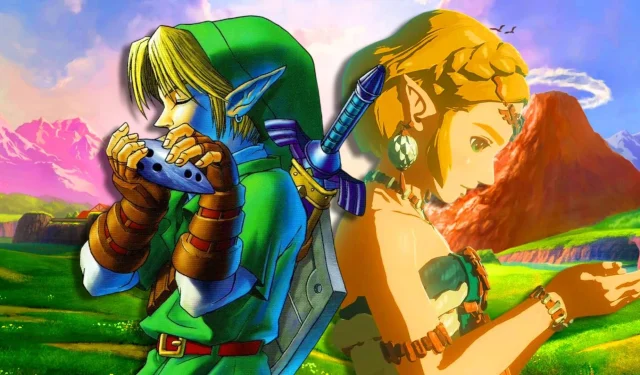
The Legend of Zelda: Ocarina of Time marked a pivotal moment in gaming history, significantly influencing both the franchise and its passionate fanbase. This landmark title introduced a groundbreaking style of gameplay, setting the stage for future expansions and innovations that have captivated players for years. Currently, the Zelda series features nearly 30 titles, including original releases and remakes, all cherished as timeless classics. The enduring appeal of these games stems from their ability to envelop players in immersive worlds and extraordinary journeys unlike any other.
As the series evolves, however, a sense of stagnation has surfaced in certain aspects. This has led to a growing desire among gamers for remakes of classic titles, encouraging a return to the nostalgia of earlier experiences rather than anticipating the series’ potential future developments. Many fans feel that Breath of the Wild and Tears of the Kingdom epitomize the series’ current capabilities. However, this perspective underestimates the possibilities that The Legend of Zelda can still present, especially if a crucial change regarding its iconic setting is embraced.
Transformative Exploration: Ocarina of Time and BOTW
Revolutionizing Hyrule
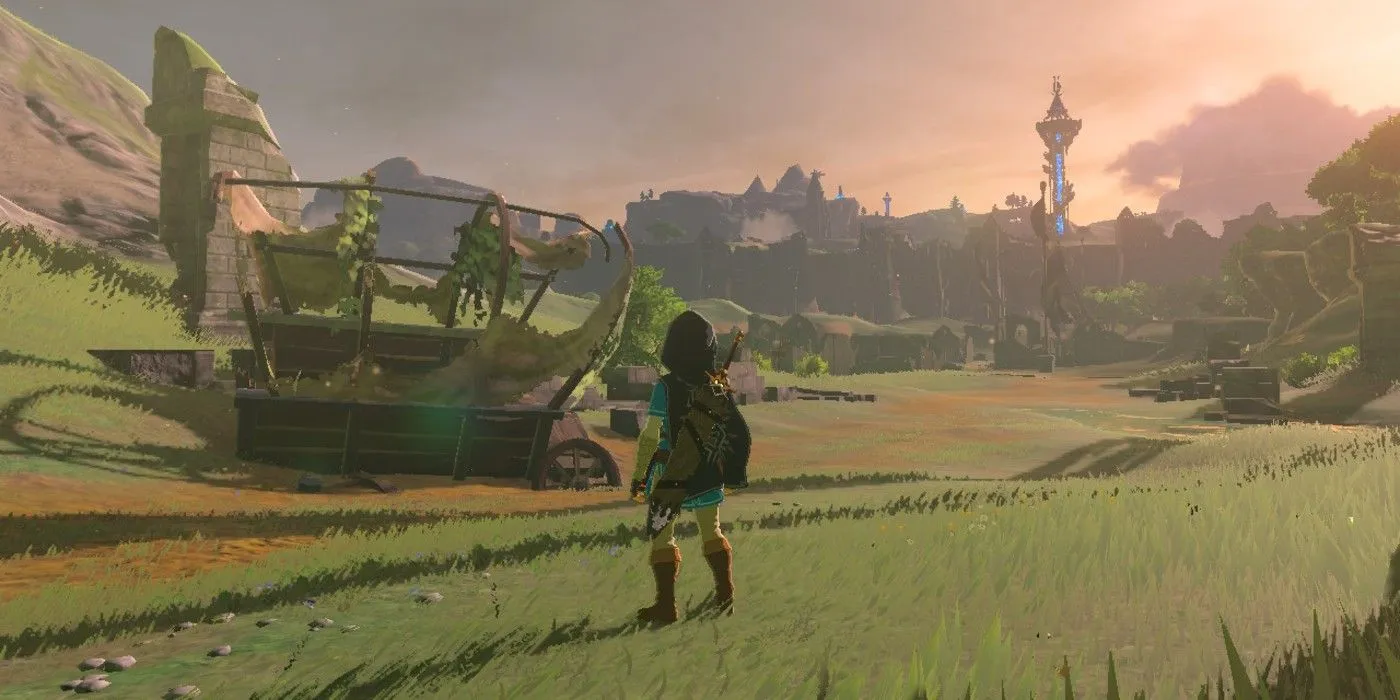
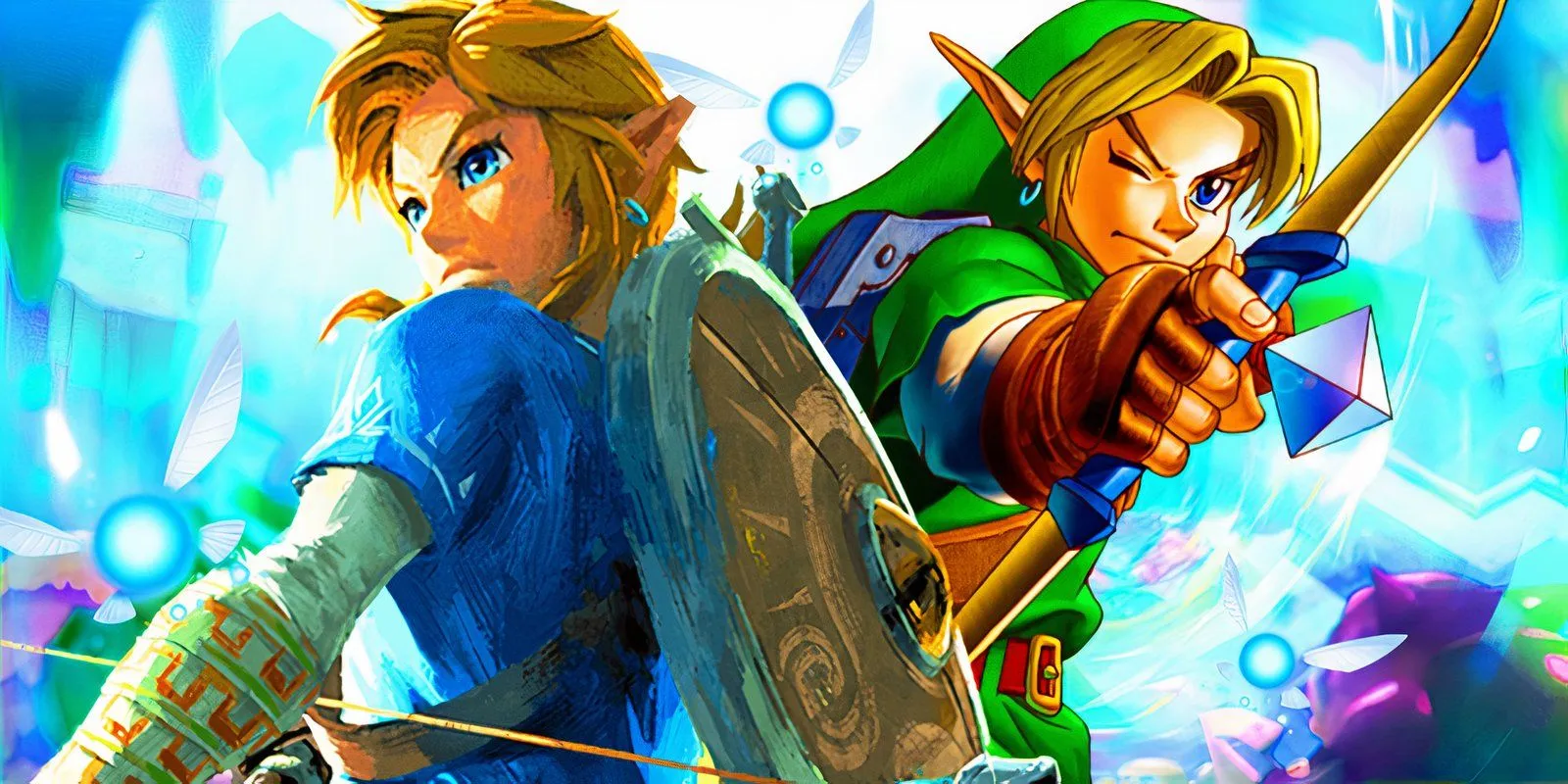
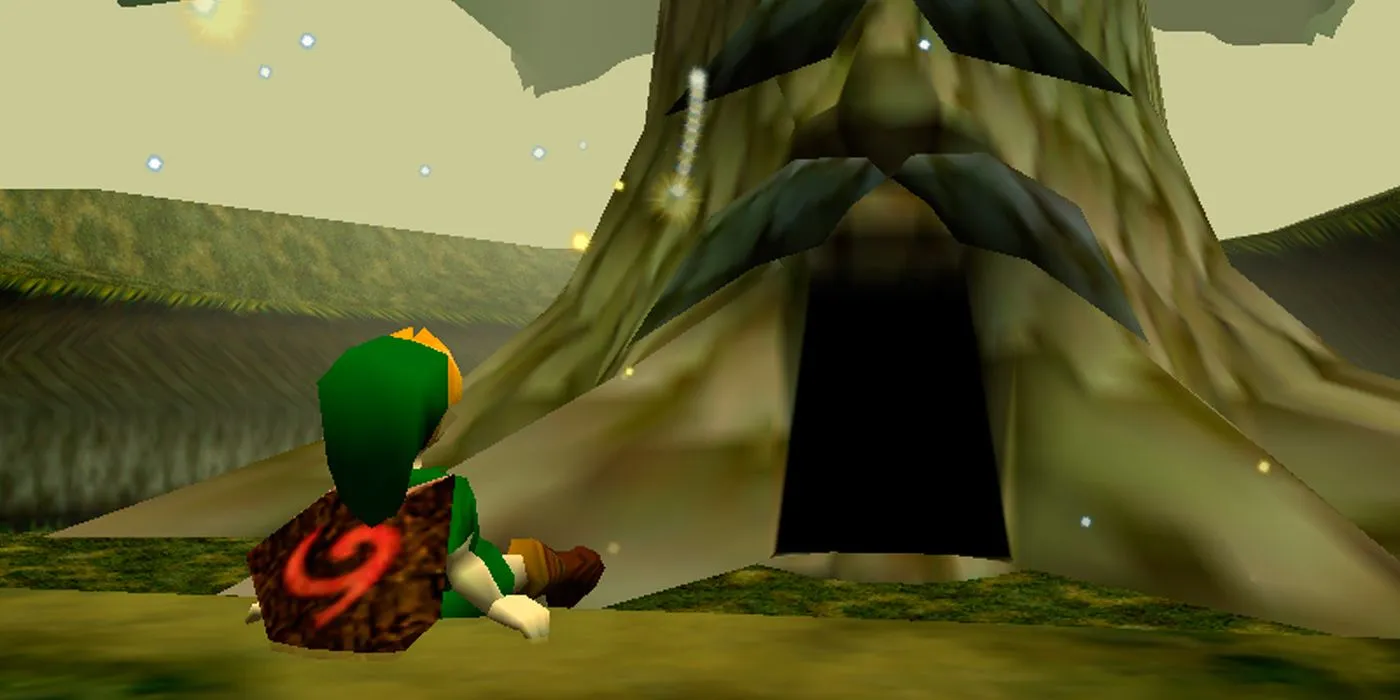
The Zelda series has generally lent itself to iterative change with each new entry, particularly regarding its setting. Hyrule, while vibrant and intricately detailed, has served as the familiar backdrop for decades. Each iteration has provided minor tweaks while maintaining a sense of continuity. As a result, players have developed a comprehensive understanding of Hyrule’s rich culture, geography, and history.
Notably, there have been instances where Hyrule has undergone significant reinventions, allowing players to see the world in a fresh light. Ocarina of Time was the first to introduce a 3D Hyrule, laying the groundwork for how the realm was envisioned, while Breath of the Wild fundamentally transformed the exploration and interaction with its landscapes. These titles offered entirely new experiences rather than mere cosmetic updates.
Through innovative changes, both games effectively reimagined what a Zelda adventure entails, shifting the dimensions and scale of Hyrule and providing a richer, more complex environment. Yet, despite these groundbreaking titles, many of the game’s core elements remained familiar, prompting concerns that newer releases, including those on the Switch, may struggle to deliver a similarly transformative experience.
Familiarity in Transformation: Understanding Hyrule
Enduring Core of Hyrule
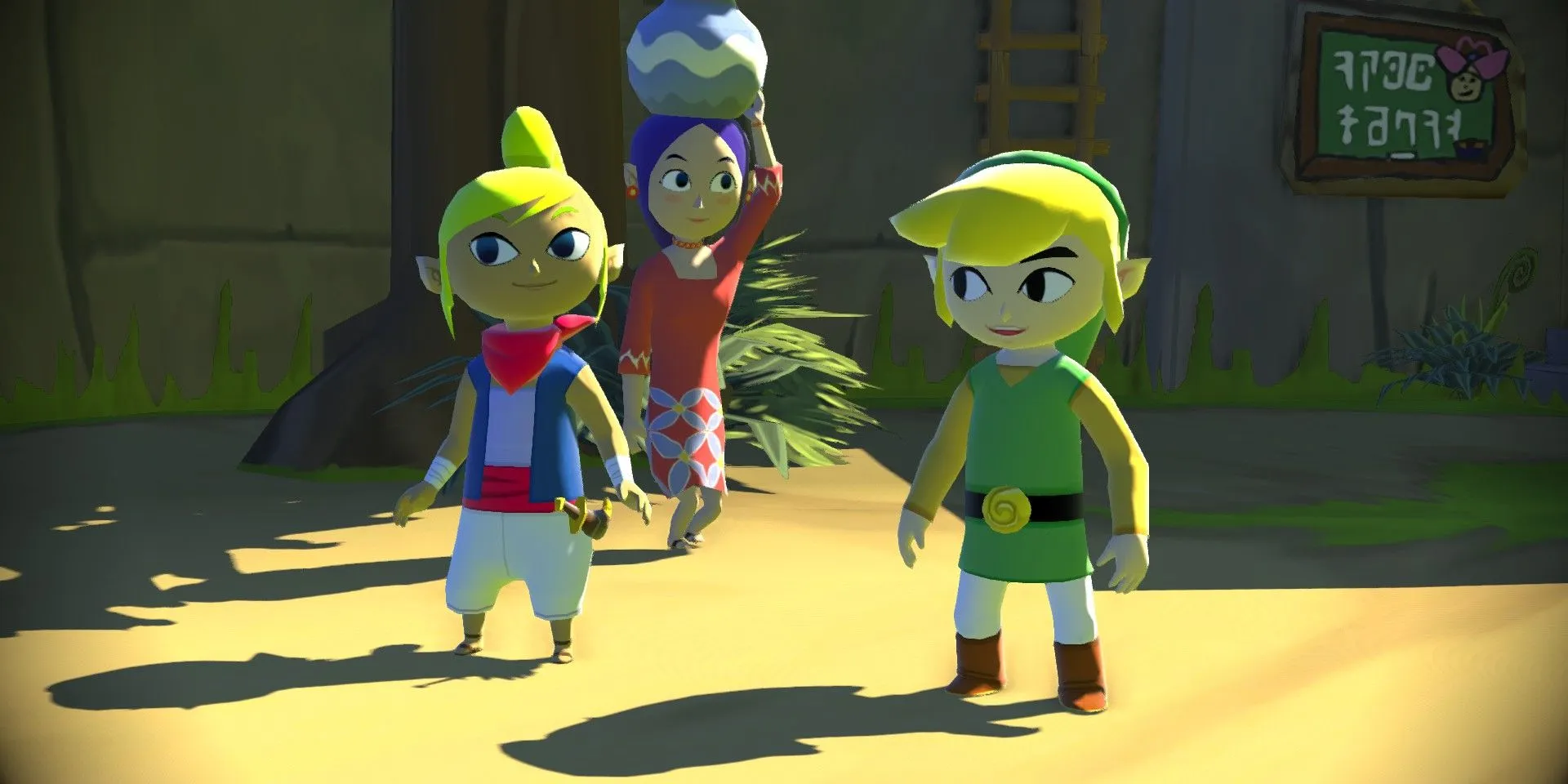
A prime example of Hyrule’s iterative nature can be seen in Tears of the Kingdom, which expanded upon the world established in Breath of the Wild, introducing new elements such as floating islands and underground caverns. Despite its ambitious offerings, much of the exploration felt like an extension of familiar experiences rather than a new adventure. This sentiment highlights a broader issue of saturation within the familiar confines of the Zelda universe.
Other titles, such as Wind Waker and Skyward Sword, have taken more daring approaches by transforming Hyrule significantly. For instance, Wind Waker submerged much of Hyrule, revealing only iconic landmarks and adding new areas to explore, yet the essence of Hyrule remained intact. While these changes were impactful, the core features of the landscape persisted.
For future Zelda titles, particularly on the Switch 2, the series must embrace transformative changes that break free from the pervasive feeling of familiarity. Like its predecessors, new chapters in the franchise should provide players with unexpected experiences that challenge established perceptions of Hyrule.
A Shift in Setting: Rekindling Zelda’s Sense of Exploration
Restoring Wonder through Novel Environments
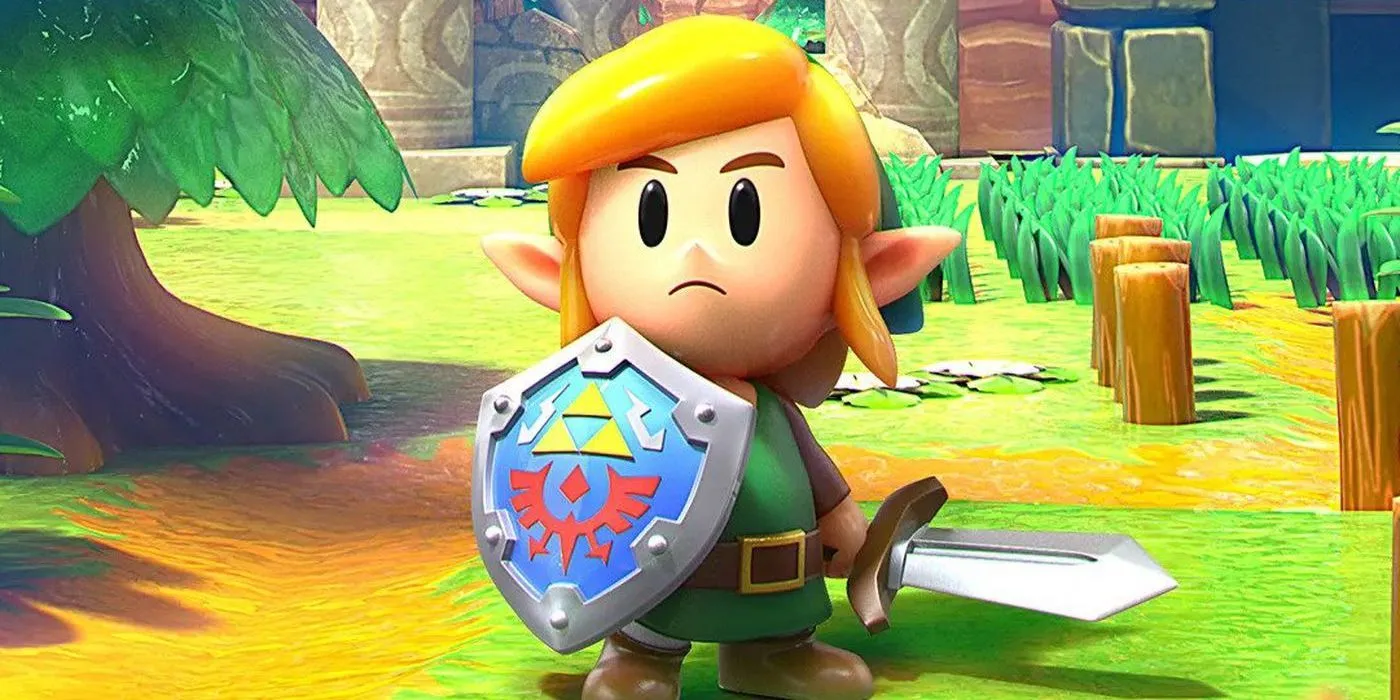
The essence of the Zelda experience has always been characterized by exploration and wonder, elements intricately tied to the game’s environments and the myriad ways players engage with them. However, when the landscape remains unchanged, even with the introduction of new features, the allure of discovery can wane, making experiences feel repetitive.
This highlights the necessity for the series to explore new locales periodically. A fresh setting can invigorate the gameplay experience, while simultaneously allowing the creative team to expand the rich lore of The Legend of Zelda, introducing novel characters, races, and histories for fans to engage with. This change presents an opportunity for renewal and a platform for the creative potential inherent in the lore beyond Hyrule.
Previous installments have indeed ventured into uncharted territories, such as Link’s Awakening and Skyward Sword, exploring varied settings. However, with the enhanced capabilities of the Switch 2, there exists an opportunity to realize a more ambitious narrative and world than ever before, giving the next Zelda game a chance to redefine what the series can be. Embracing diverse settings at this point could ensure a defining experience for the Switch 2 that Hyrule cannot provide.
No matter the direction of the next Zelda installment, it is crucial to regain that sense of exploration. The most effective way to achieve this is by introducing players to entirely new landscapes and experiences. While Hyrule will always hold special significance, introducing innovative locations may prove essential for rejuvenating the series and capturing fans’ imaginations. The ability to create unfamiliar environments, populate them with new races, and weave enchanting narratives is a rare opportunity for Nintendo to seize.




Leave a Reply